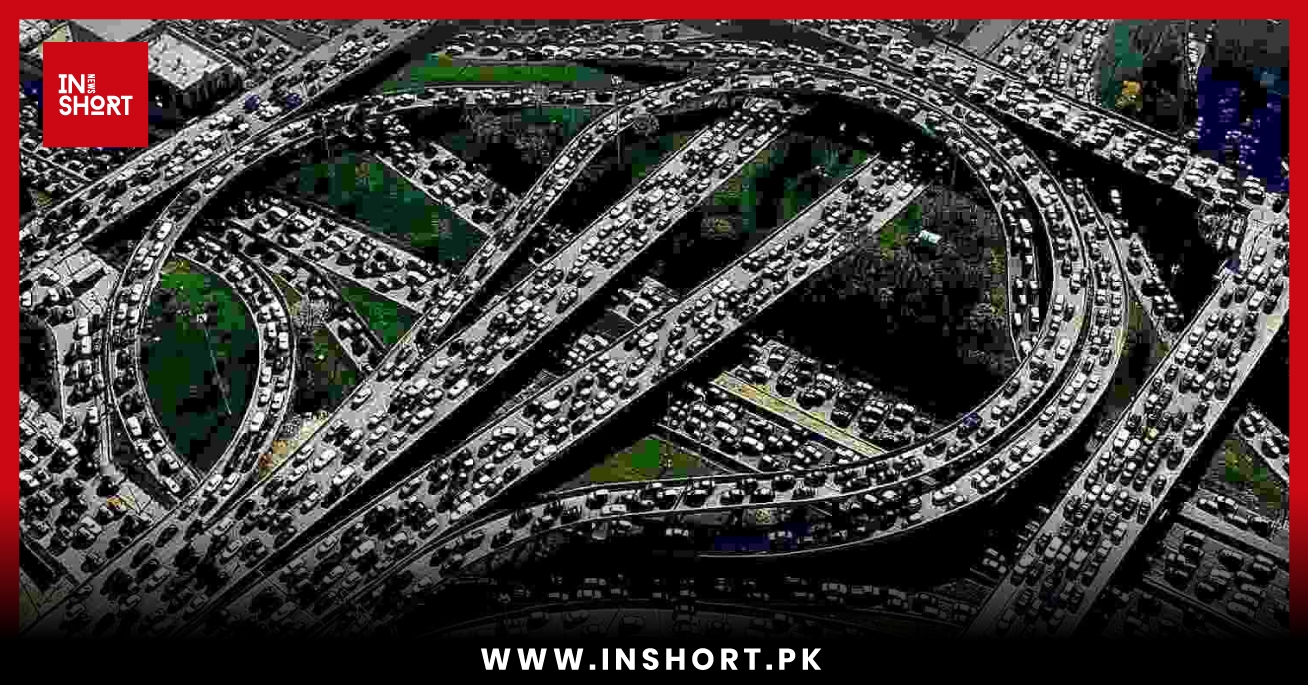If you’re a Karachiite, tired of the daily struggle with traffic jams on Shahrah-e-Faisal, you may be all too familiar with the frustration of being late to work, meetings, or simply trying to get home.
But imagine experiencing a traffic gridlock so severe that it stretches on for days. While the congestion on Karachi’s busiest roads is a daily nuisance, it pales in comparison to one of the most infamous traffic jams in history – the Beijing-Tibet Expressway standstill of 2010.
The China National Highway 110 traffic jam, which began on 14 August 2010, is considered the longest traffic jam in recorded history. The jam formed mostly on China National Highway 110 and the Beijing-Tibet Expressway, stretching across Hebei and Inner Mongolia.
Over the course of 12 days, thousands of vehicles were slowed down for more than 100 kilometers (60 miles), with many drivers able to move their vehicles by only 1 km (0.6 miles) per day. Some drivers reported being stuck for up to five days, unable to progress at all.

Office-goers in cities like Noida or Gurgaon can relate to the daily challenge of navigating heavy traffic, often adding extra travel time to avoid being late for appointments, flights, or work.

However, even the worst gridlocks in Delhi-NCR are nothing compared to the sheer scale of the Beijing-Tibet Expressway traffic jam. This catastrophic gridlock, which lasted for over a week, left thousands of drivers and passengers stranded for days, highlighting just how severe and overwhelming traffic congestion can become.



